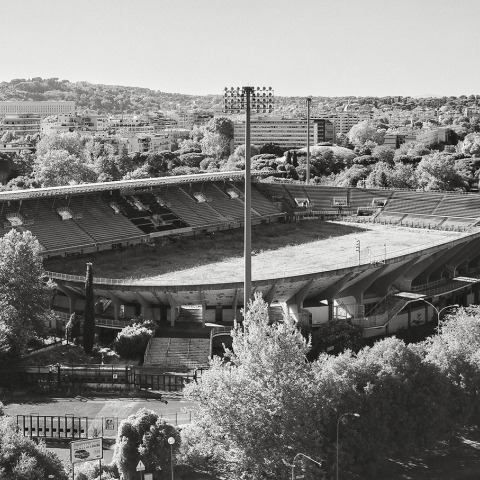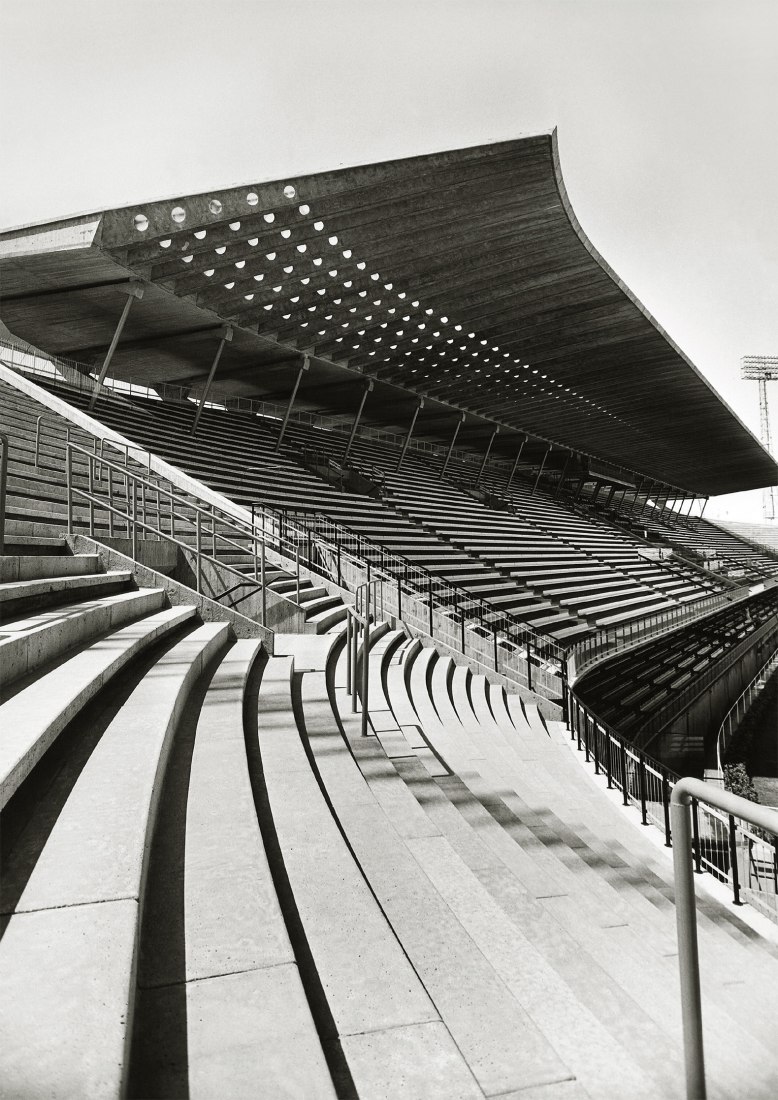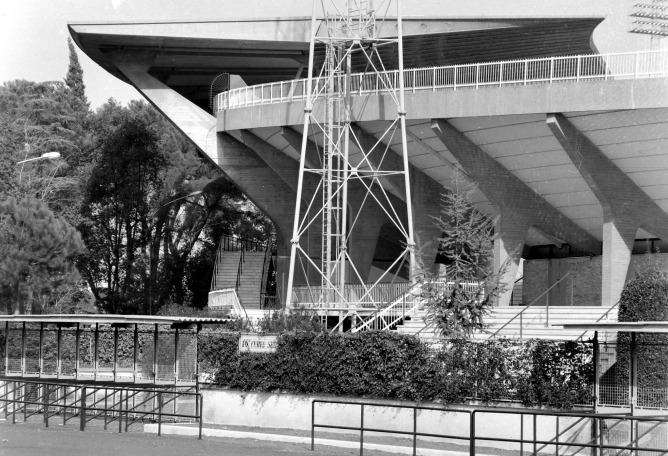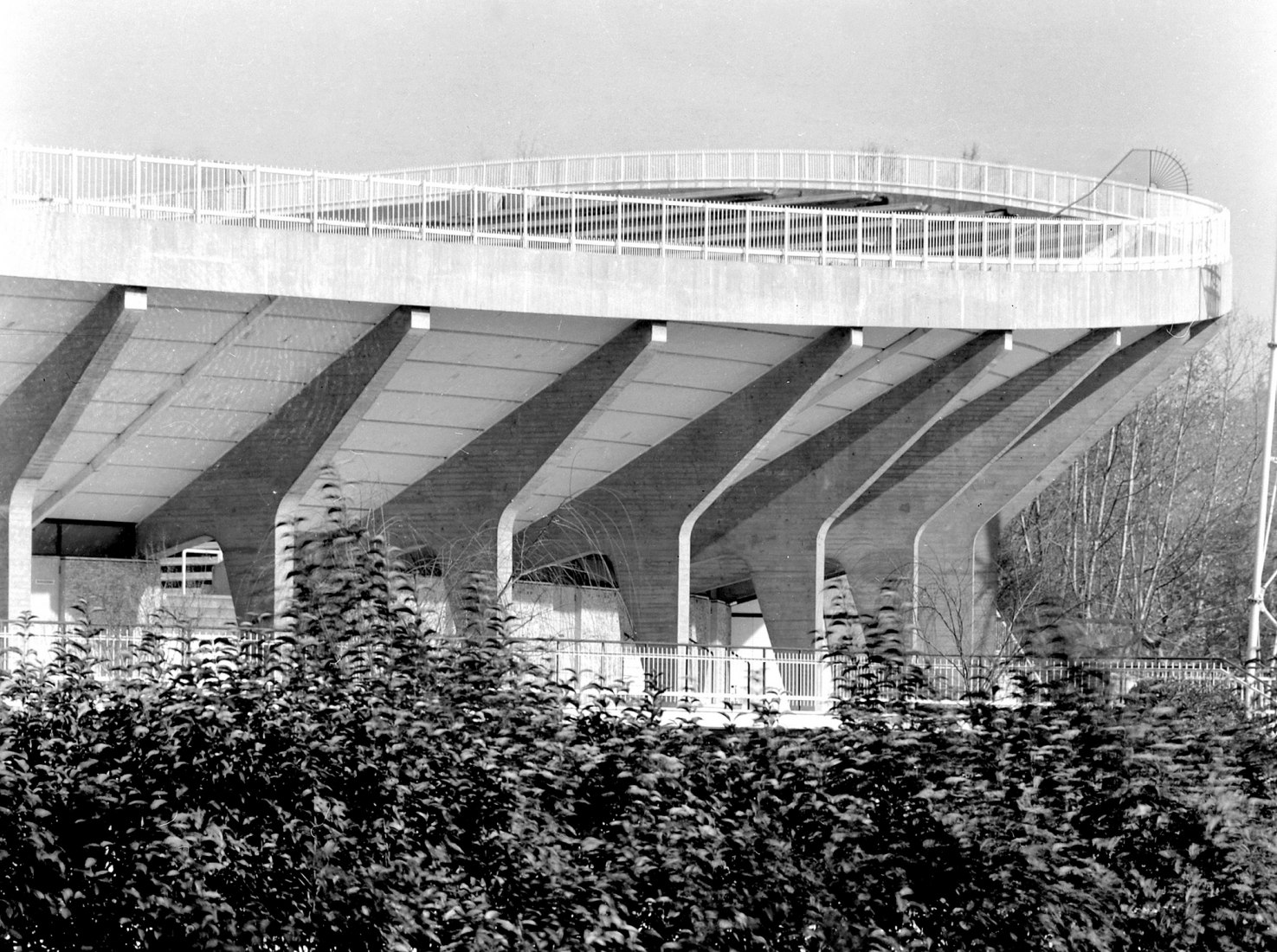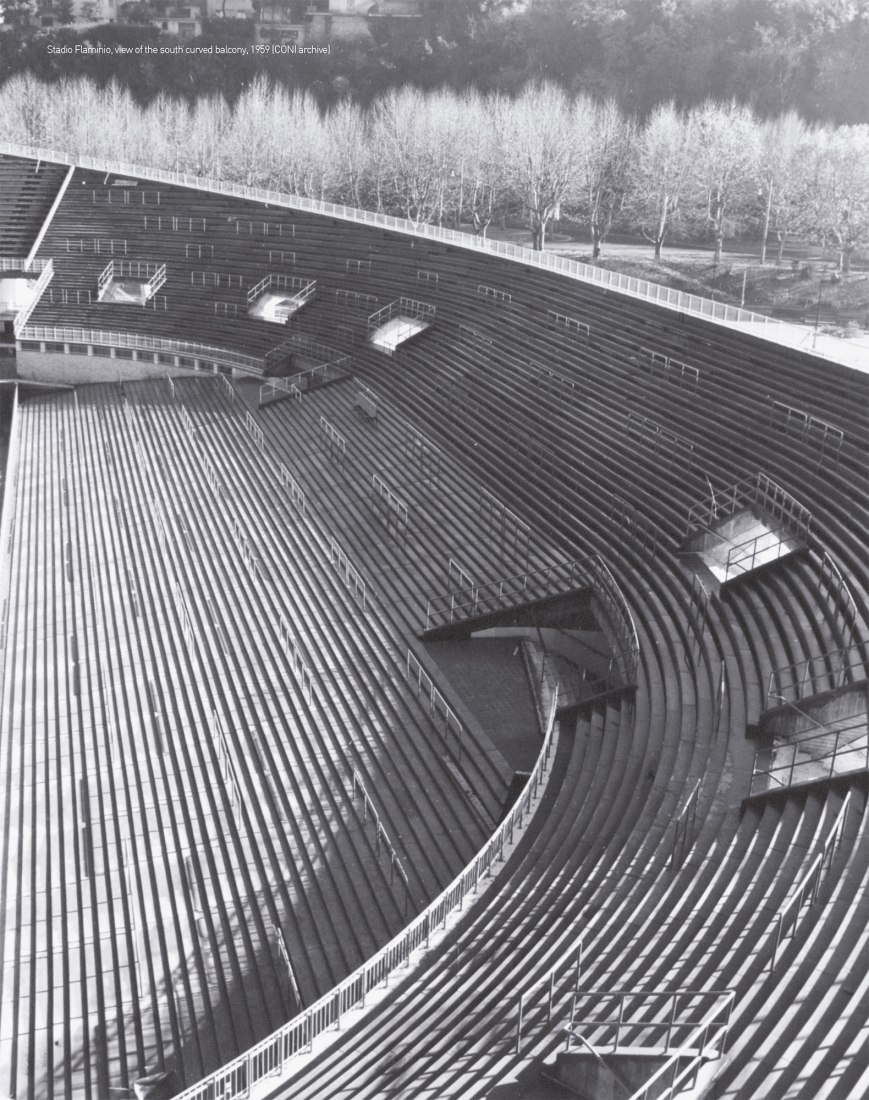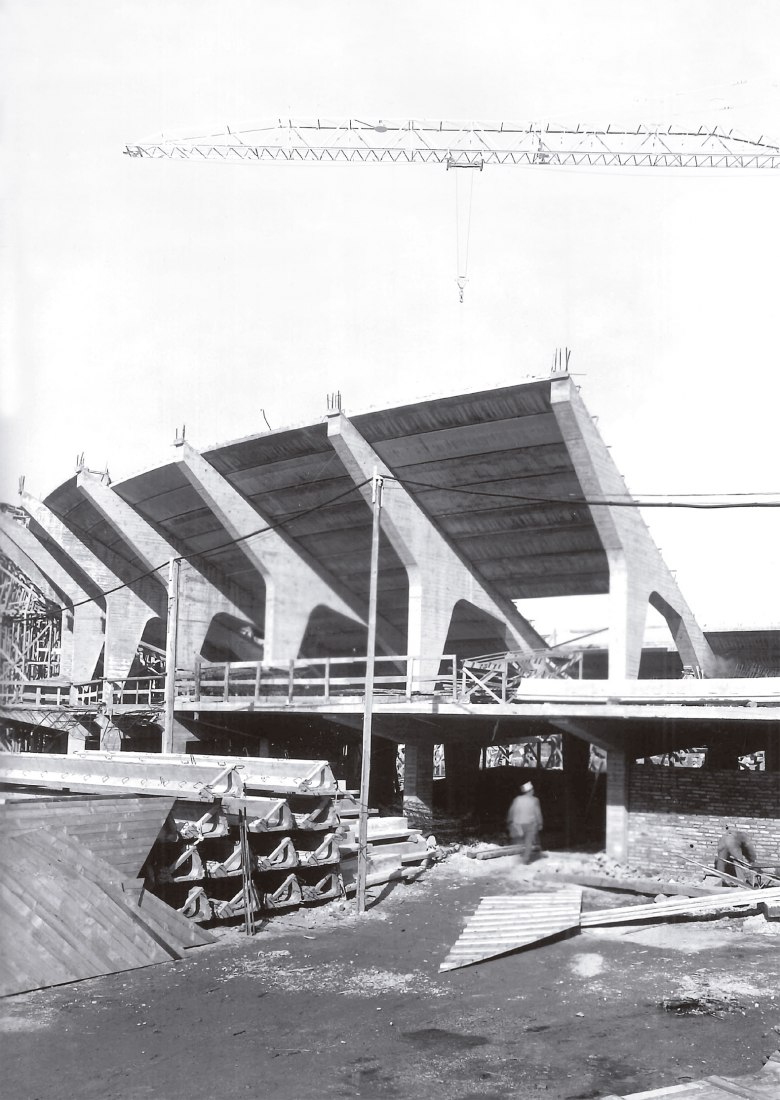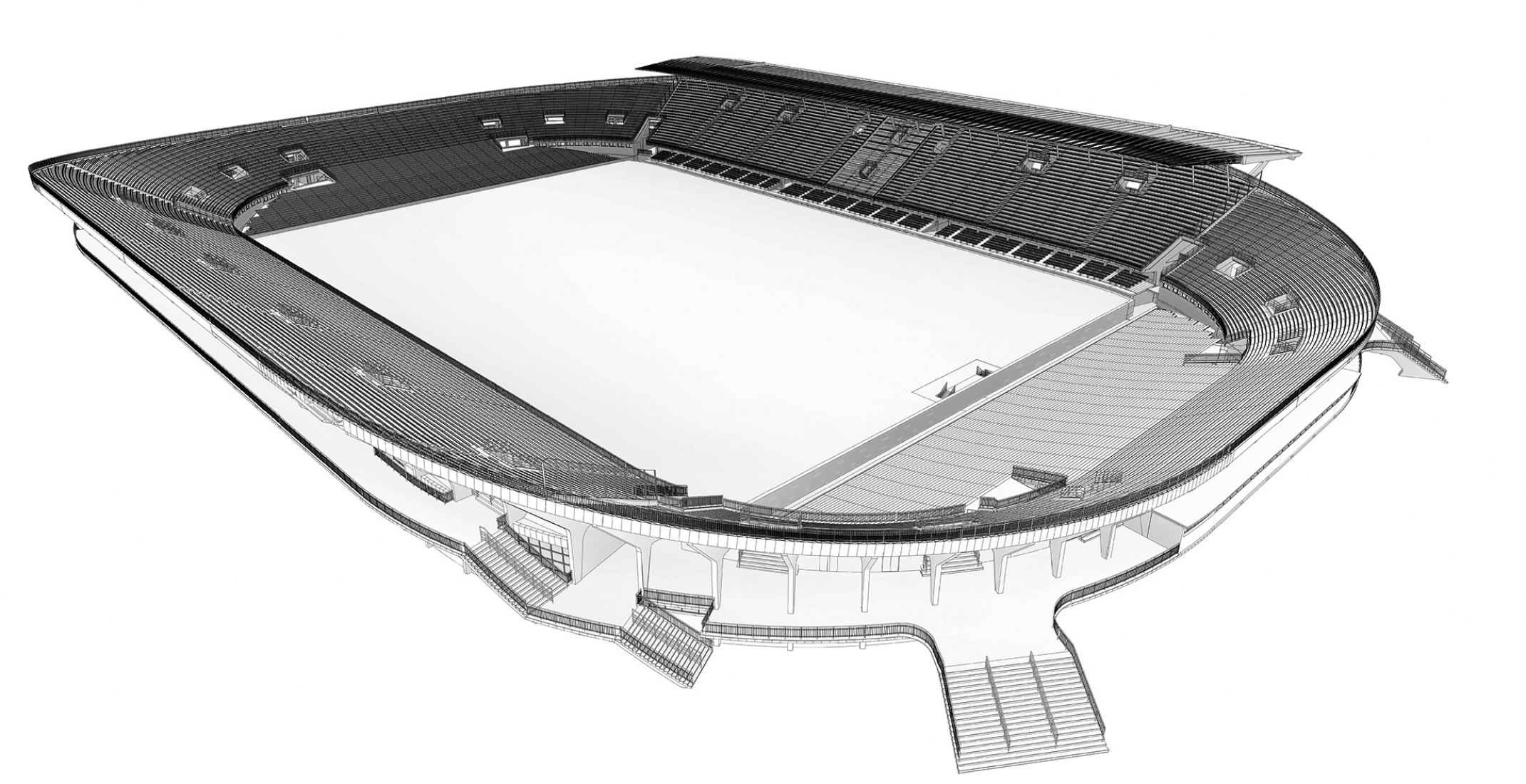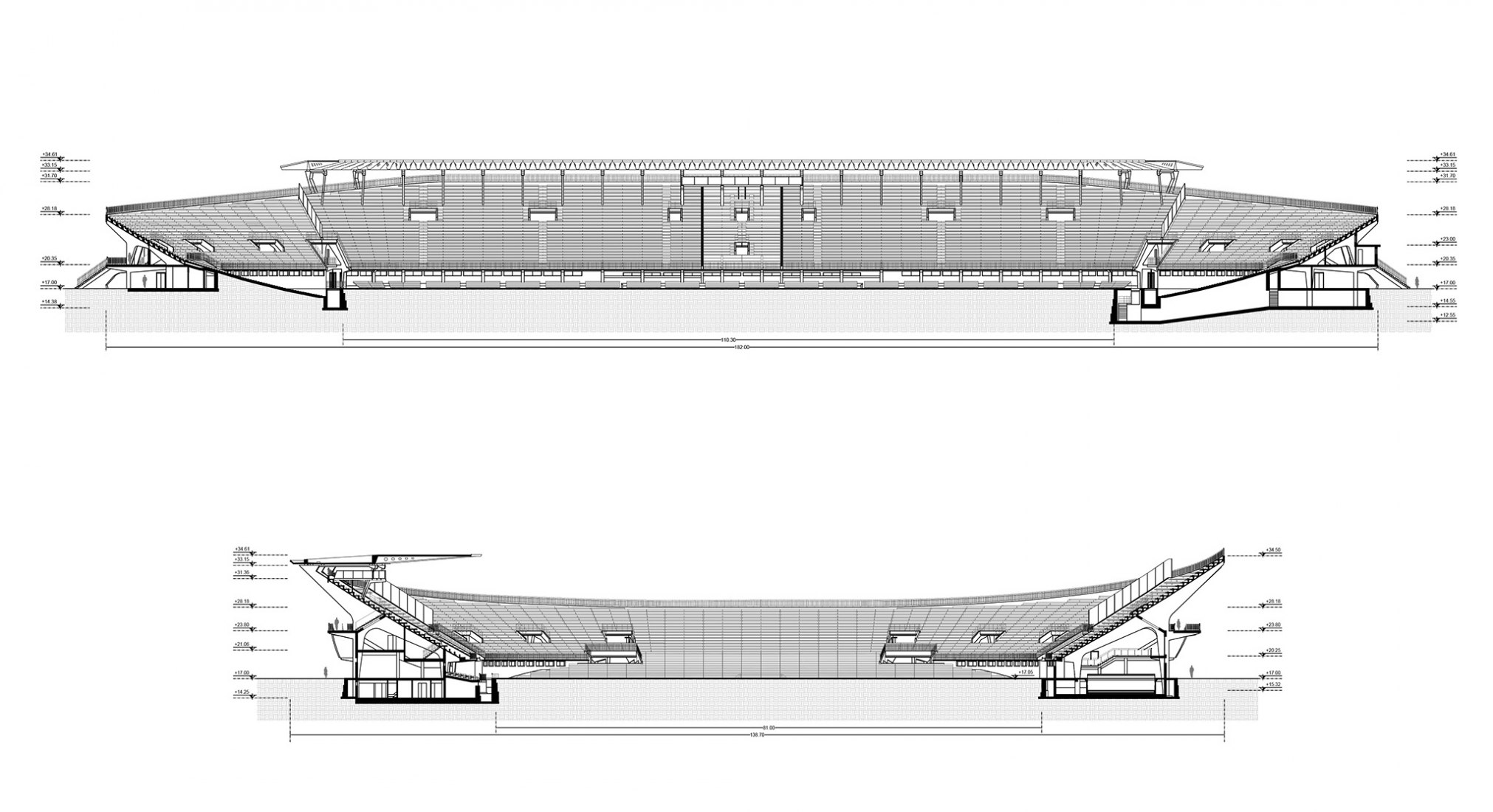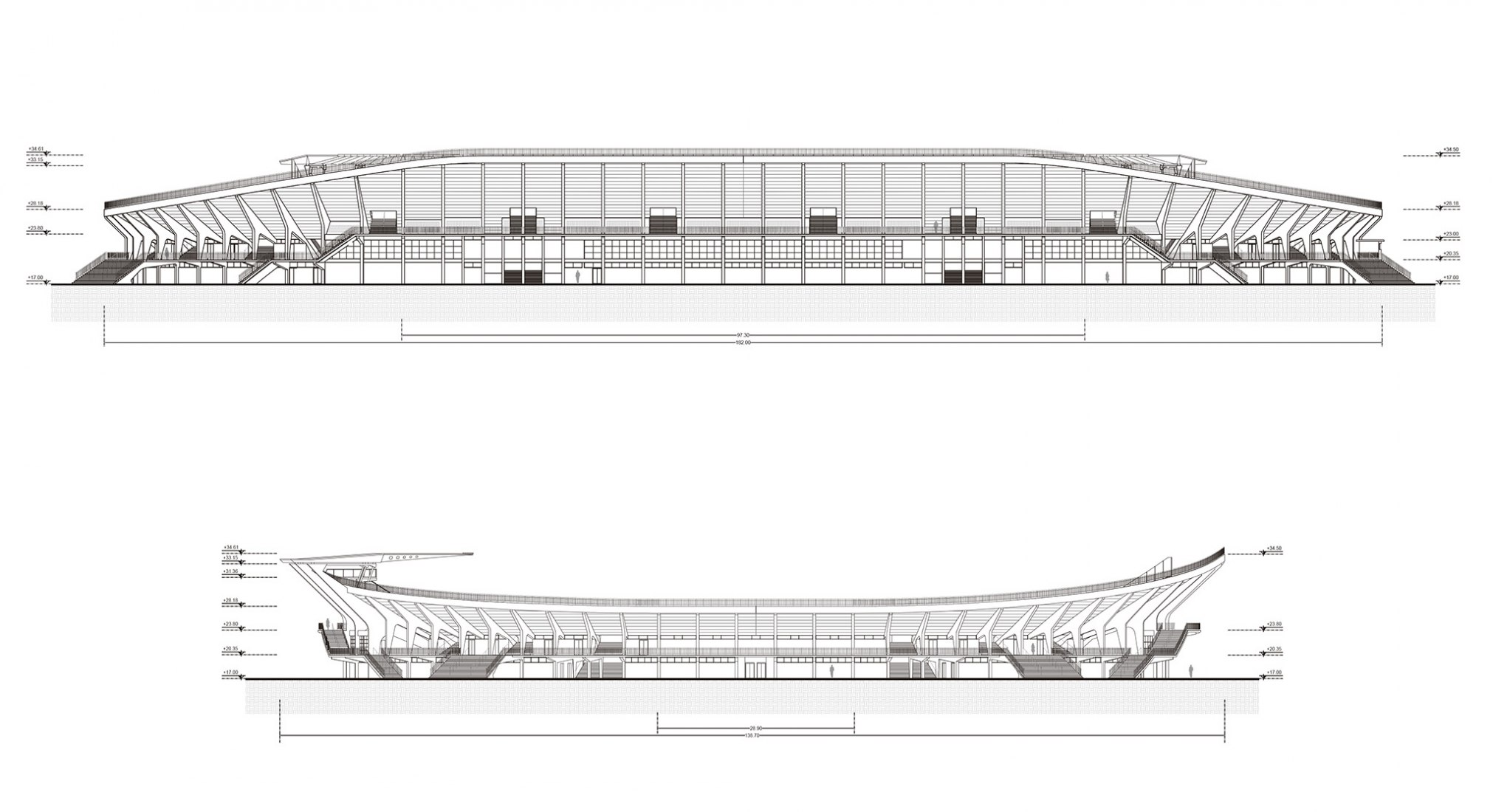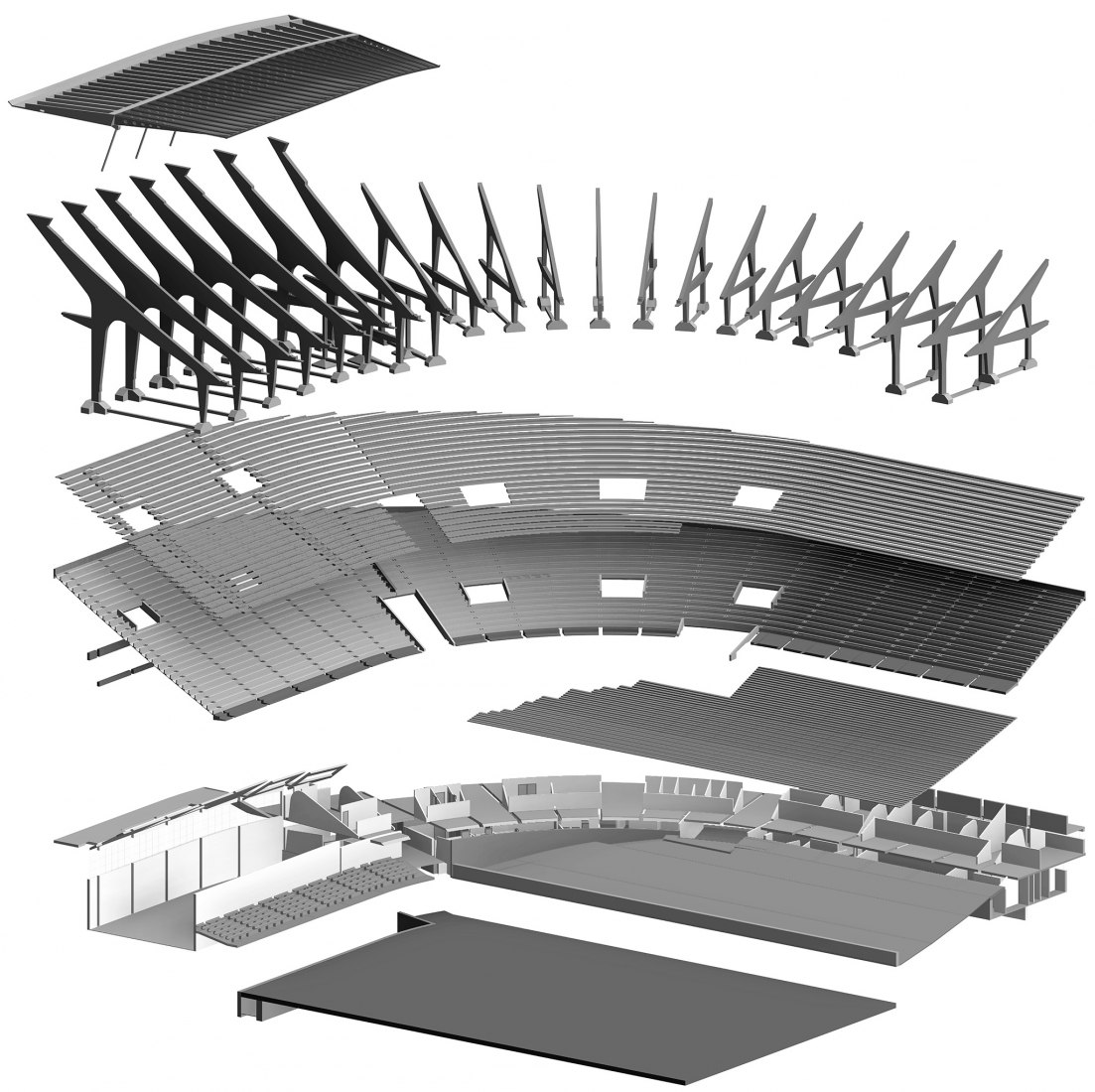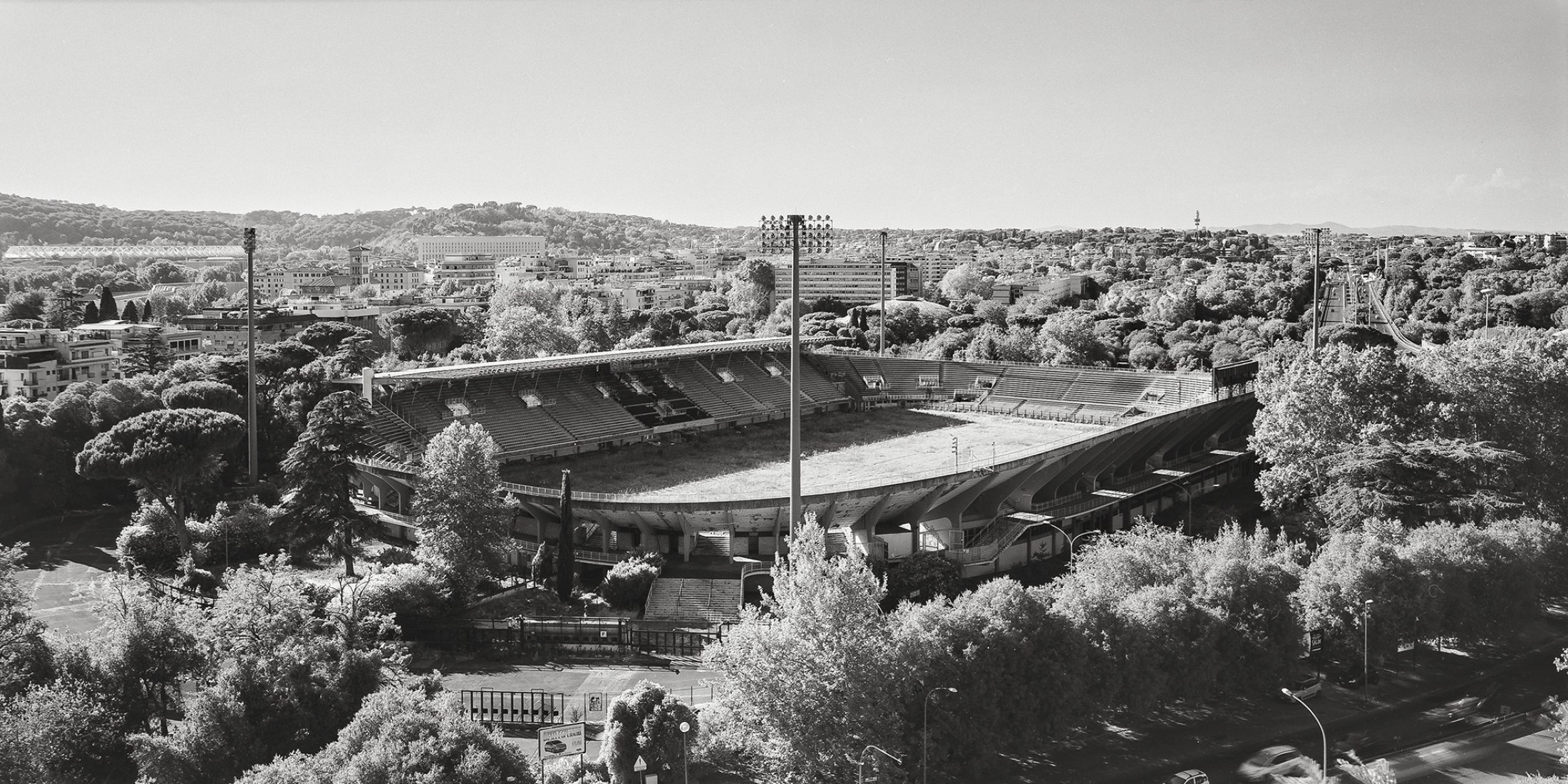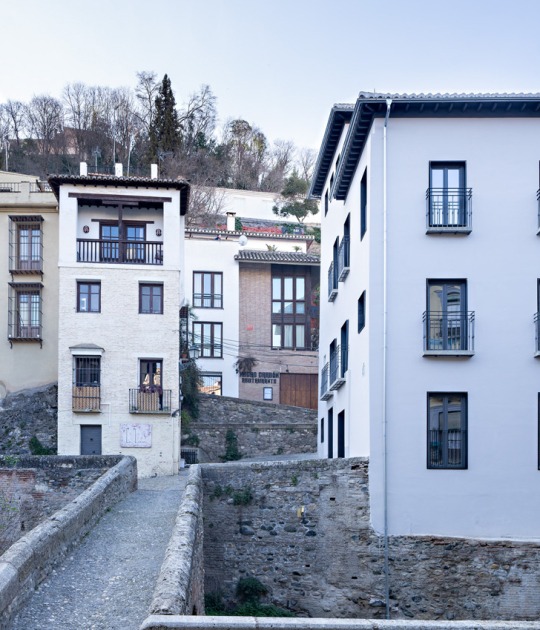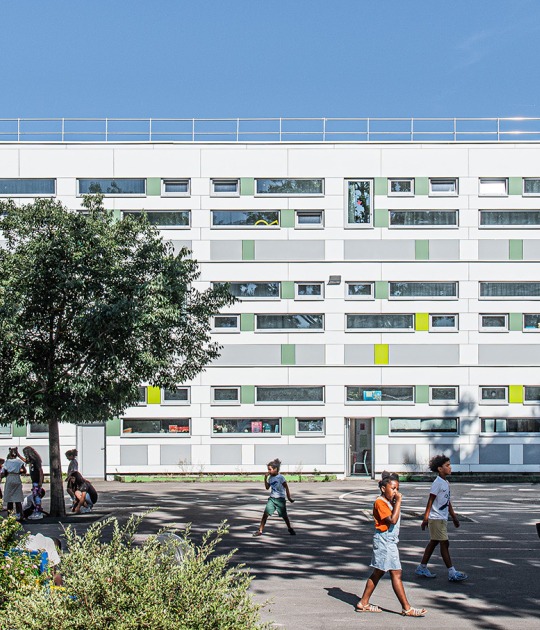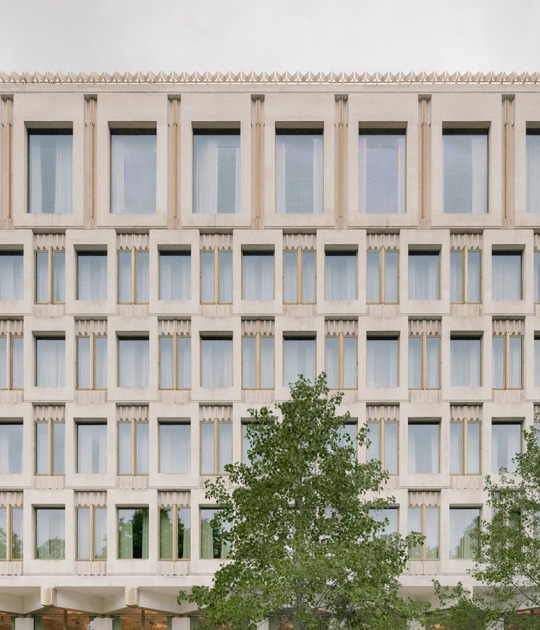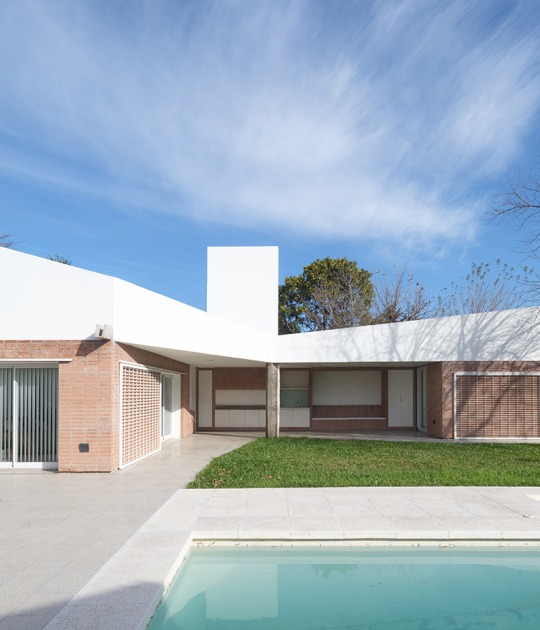Built between 1957 and 1958 and inaugurated in 1959, the
Flaminio Stadium was one of the benchmark facilities at the 1960 Rome Olympic Games. Despite its magnificent past, its state of neglect was disappointing in 2017, after having been used until 2011 for the transalpine rugby team and for the local minor football teams
In the summer of 2017, the Roman City Council obtained significant financial support from the American Getty Foundation, one of the most prestigious international organizations that defend architecture.
"Its structure is conceived with transverse frames of exposed reinforced concrete. Under these porticoes, all the space has been used to distribute the series of facilities required in the program: changing rooms, gym, indoor swimming pool, fencing room, weight lifting room, etc. The total capacity of the stadium — 45,000 spectators — has been possible despite the imposition of preserving the limit of the old one, thanks to distributing part of the cantilevered stands over the main façade.
The set rests on two series of support points: one, formed by metal posts, and the other, on the crown of the main porticoes. These points are linked by a reinforced concrete tie that gives the slope of the upright to the vertical reaction of the canopy.
The construction, including the demolition of the previous stadium, has been carried out by the company Nervi and Bartoli, in the record time of eighteen months."
Nervi, P. L. (1960). Estadio Flaminio. Roma.» Informes De La Construcción, Vol. 12, nº 120. Abril de 1960, pp. 65–70.
It took three years of work, a team of 36 specialists involved in the drafting of an extensive historical-critical study of the Stadium and its urban context, with the development of digital models for its multidisciplinary analysis. All gathered in 594 pages and an HBIM platform that represent an indispensable tool for the proper recovery of the stadium.
The work has been made available to the City Council of Rome, owner of the structure, and to the Italian and international scientific and professional community, to project the recovery of an icon of modern architecture in Rome.
"One of the reasons, if not the main one, for the current state of the Flaminio Stadium, as well as other Italian buildings by Pier Luigi Nervi (for example, the Palazzo del Lavoro and the Salone delle Esposizioni in Turin, which was also awarded a A grant from the Getty Foundation coordinated by the Polytechnic of Turin), is the lack of exemplary procedures to guide restoration projects, reuse and above all maintenance of modern architectural heritage in Italy."
Marco Nervi, president of the PLN Project.
